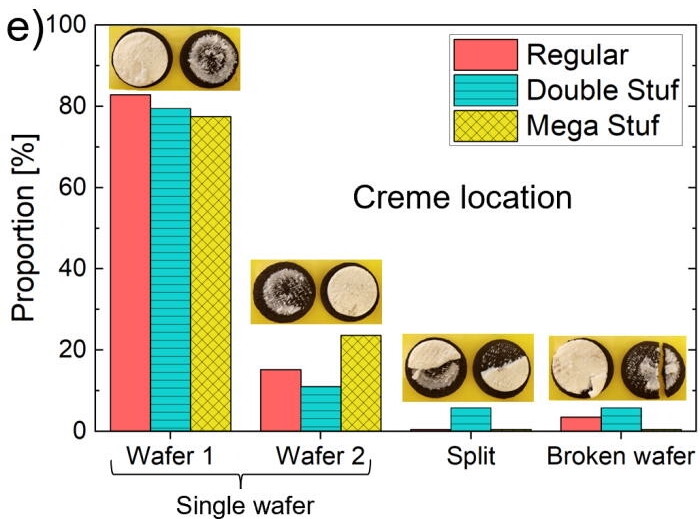Riding a bicycle is a seemingly simple activity that we never forget how to do. However, the physics behind pedaling and movement is a balance between force and resistance. Bartosz Ciechanowski breaks it down in a visual essay filled with interactive demos.
The structure of Ciechanowski’s essays are straightforward with the interactives doing a lot of the heavy-lifting for every concept. The physics are split into many small parts for ease of understanding. It makes me wonder about a data visualization equivalent to explain a complex dataset.
Tags: Bartosz Ciechanowski, bicycle, physics




